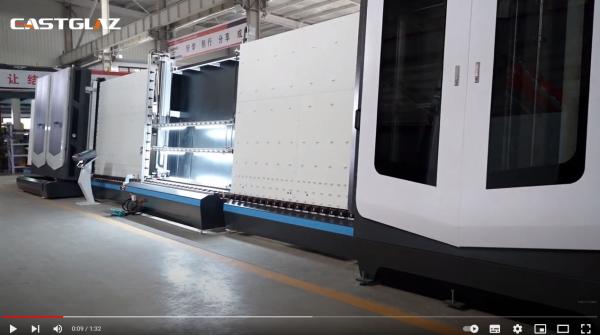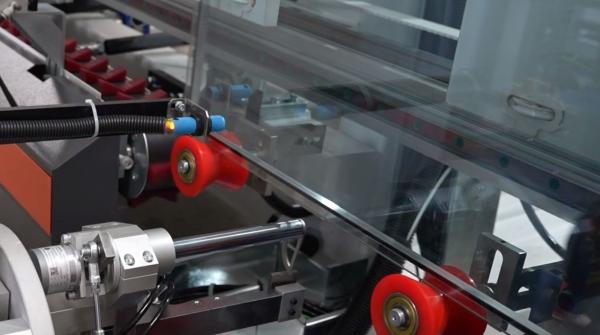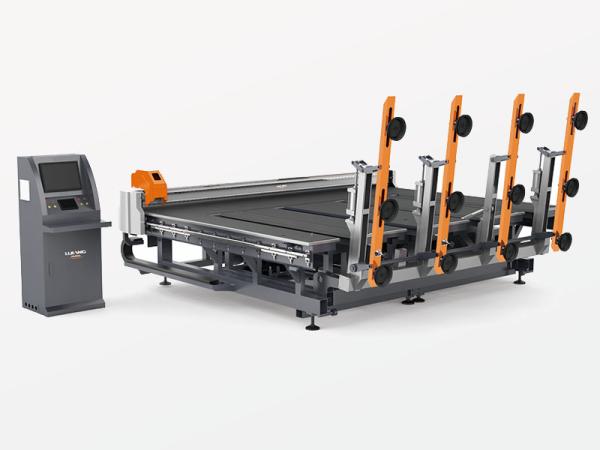How much energy can insulating glass save compared to ordinary glass?

In terms of building air conditioning energy consumption: The heat transfer coefficient of high-performance insulating glass is between 1.4-2.8W/(m²・K), which can effectively cut off the energy from the sun to the room and reduce the air conditioning load. Data show that the use of energy-saving doors and windows (mostly insulating glass) saves 40% energy compared to ordinary doors and windows. If the home uses energy-saving system doors and windows (including insulating glass), a 100㎡ house can save 1000-1500 yuan per year for cooling and heating, which indirectly reflects its energy-saving effect. In the continuous high temperature weather in the south, the air conditioning consumes a lot of electricity. The use of insulating glass can reduce the energy loss through doors and windows. According to actual measurements, the air conditioner is turned on for 2 hours, and the room with energy-saving doors and windows (including insulating glass) can keep warm for at least 4 hours, reducing the frequency and duration of air conditioning use, thereby saving electricity.
Energy saving multiples compared with ordinary glass: The heat transfer coefficient K value of double-layer vacuum glass (special insulating glass) can be as low as 0.48W/㎡K, and the ability to block heat transfer is 8 times that of single glass (common type of ordinary glass) and 3-5 times that of ordinary insulating glass. Although double-layer vacuum glass is rarely used in ordinary residential buildings due to its complex process and high price, it also reflects the huge advantage of insulating glass in energy saving over ordinary glass. Compared with ordinary insulating glass, Low-E insulating glass reduces energy consumption by about 60% throughout the year, significantly improves energy saving efficiency, blocks solar heat radiation from entering the room in summer, and reflects indoor heat back to the room in winter, reducing air conditioning and heating energy consumption.
 en
en Spanish
Spanish Russian
Russian Arabic
Arabic Portuguese
Portuguese Italian
Italian French
French Turkish
Turkish Vietnamese
Vietnamese Thai
Thai






